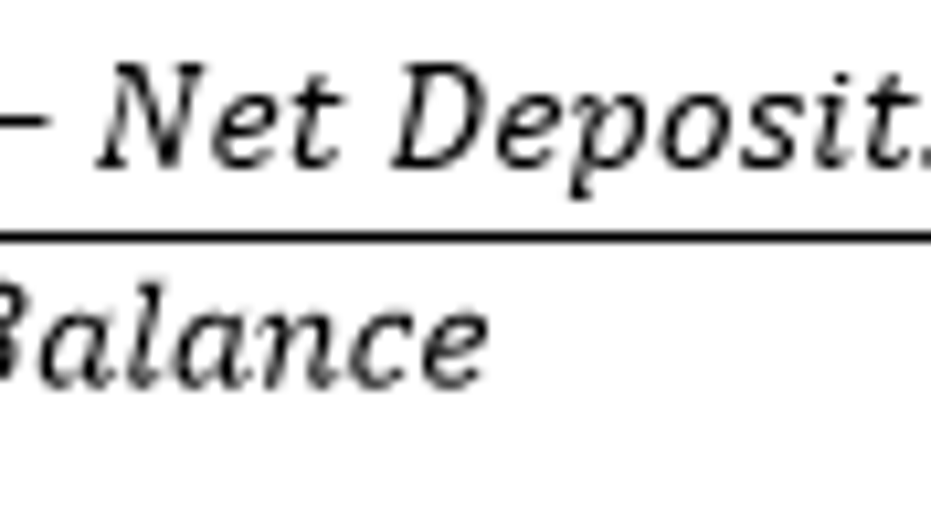How to Calculate a Monthly Return on Investment

Long-term investors know that it's important to keep perspective on the fluctuations of the financial markets. Nevertheless, looking at monthly returns on investment can give you important information about whether you're doing better or worse than the overall market, and if you're systematically underperforming, you can take steps to adopt better investing strategies.
The calculation of monthly returns on investmentIn order to calculate your monthly return, you'll need to know three things. By looking at your monthly statement, you should be able to determine your starting portfolio balance, your ending portfolio balance, and any net deposits or withdrawals that affected your account balance during the month.
Once you have those figures, the calculation is simple. Take the ending balance, and either add back net withdrawals or subtract out net deposits during the period. Then divide the result by the starting balance at the beginning of the month. Subtract 1 and multiply by 100, and you'll have the percentage gain or loss that corresponds to your monthly return.
Note that most of the time, monthly returns will be relatively small. That's because most people are used to seeing annual returns rather than monthly ones. If you want to know the corresponding annual return, then there are two things you can do. The simple, but less accurate, way is to multiply the monthly return by 12. The technically correct way is to add 1 to the monthly return, raise the result to the 12th power, and then subtract 1 back out. This will result in a slightly larger number than the simple method.
The value of the monthly returnMonthly returns can be useful to investors in assessing short-term performance and determining the characteristics of the portfolio that you've put together. For instance, if you have a stock portfolio, you can compare your monthly return to that of the Dow Jones Industrials or another stock market benchmark that matches up to your particular portfolio. If your returns are dramatically different, it can be evidence of whether you have a strategy that works well or poorly.
However, it's important not to put too much importance on any single monthly return. Concluding the success or failure of a strategy based on just one month can lead you to make erroneous decisions. If you note consistent underperformance for multiple months, then it can make sense to take a closer look.
Monthly returns are easy to calculate, and they can provide some interesting data to consider. Just don't let a month's performance distract you from the long-term nature of successful investing.
This article is part of The Motley Fool's Knowledge Center, which was created based on the collected wisdom of a fantastic community of investors. We'd love to hear your questions, thoughts, and opinions on the Knowledge Center in general or this page in particular. Your input will help us help the world invest, better! Email us atknowledgecenter@fool.com. Thanks -- and Fool on!
The article How to Calculate a Monthly Return on Investment originally appeared on Fool.com.
Try any of our Foolish newsletter services free for 30 days. We Fools may not all hold the same opinions, but we all believe that considering a diverse range of insights makes us better investors. The Motley Fool has a disclosure policy.
Copyright 1995 - 2016 The Motley Fool, LLC. All rights reserved. The Motley Fool has a disclosure policy.



















